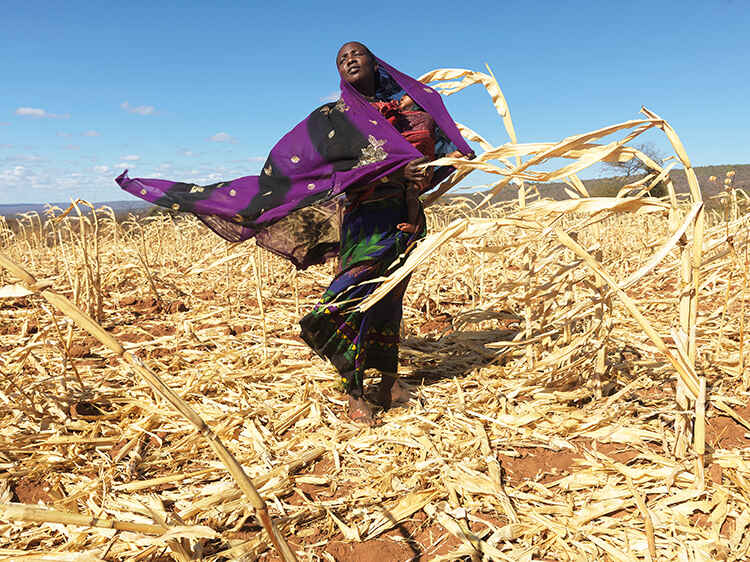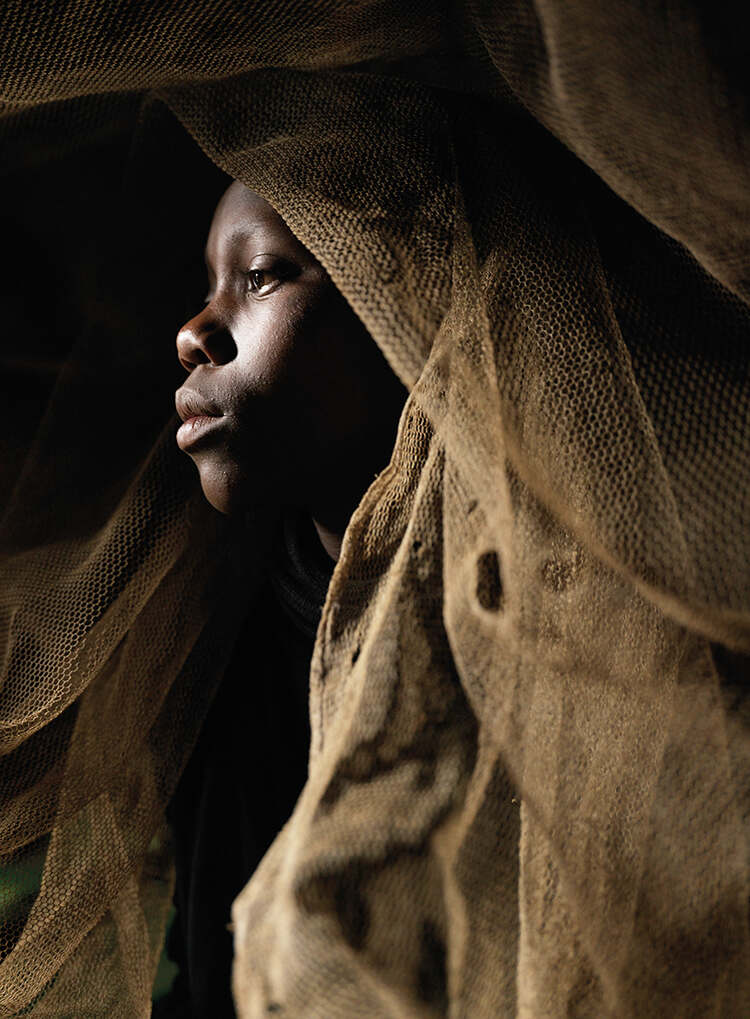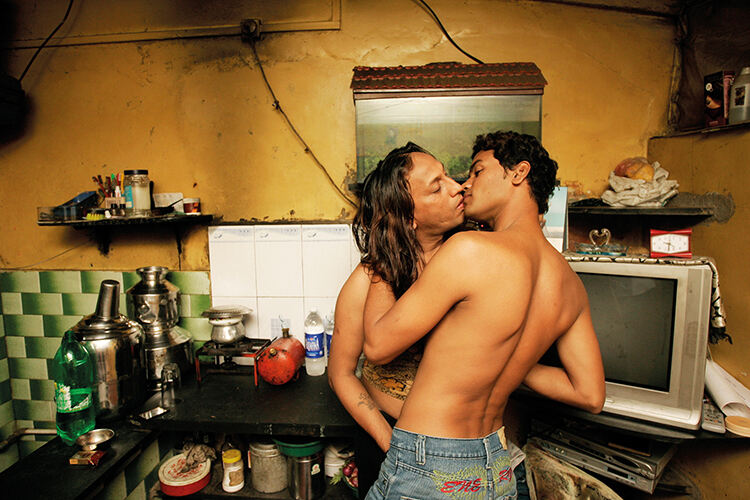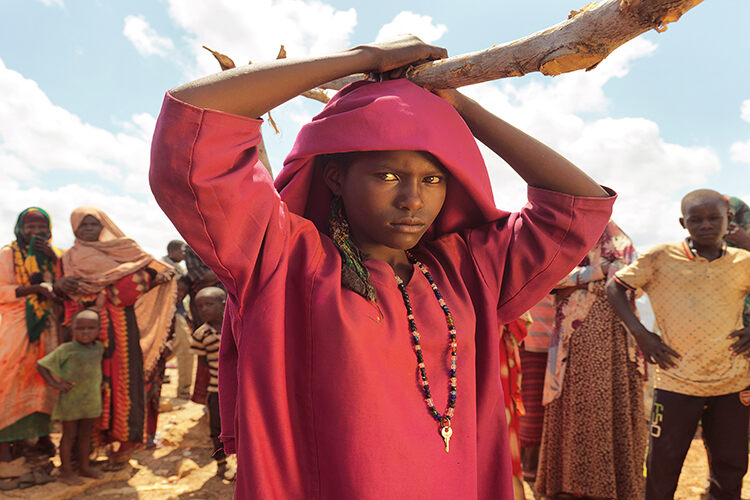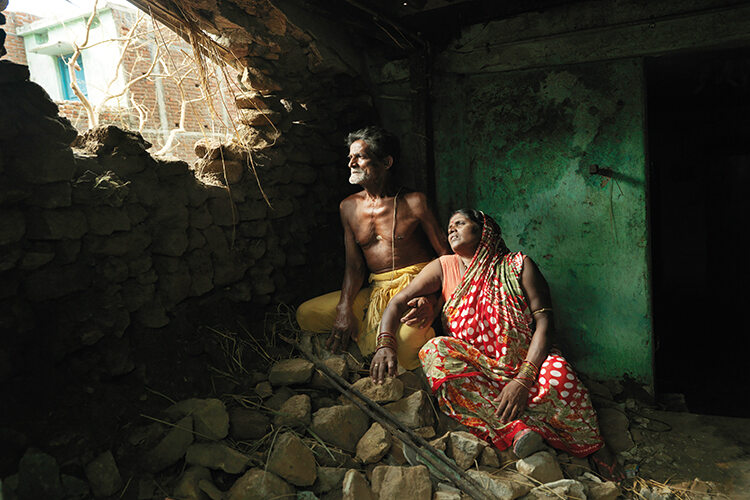
Geordie Torr talks to documentary photographer Peter Caton about his work and his life on the road
There’s dedication to your craft and then there’s Peter Caton. An irregular contributor to Geographical for more than a decade, Peter has been on the road for 17 years, covering stories all over the globe, from Brazil and Bangladesh to Somalia and Mozambique.
When I spoke to him, he was still buzzing from the success of an exhibition of his images about flood victims in South Sudan at the OXO Gallery beside the Thames in London (a story that appeared in the March issue of Geographical). ‘Living on the road, I get to see the work on a computer screen, and then I send it to the client, or I send it to the publication, and then I go on to my next job,’ he says. An exhibition not only gives him an opportunity to see the images in large-format-print form, but also gives others a different experience of viewing his work. ‘Instead of just turning the pages, they’re actually confronted with the images and they can take their time looking at them, gaining a sense of it all.’
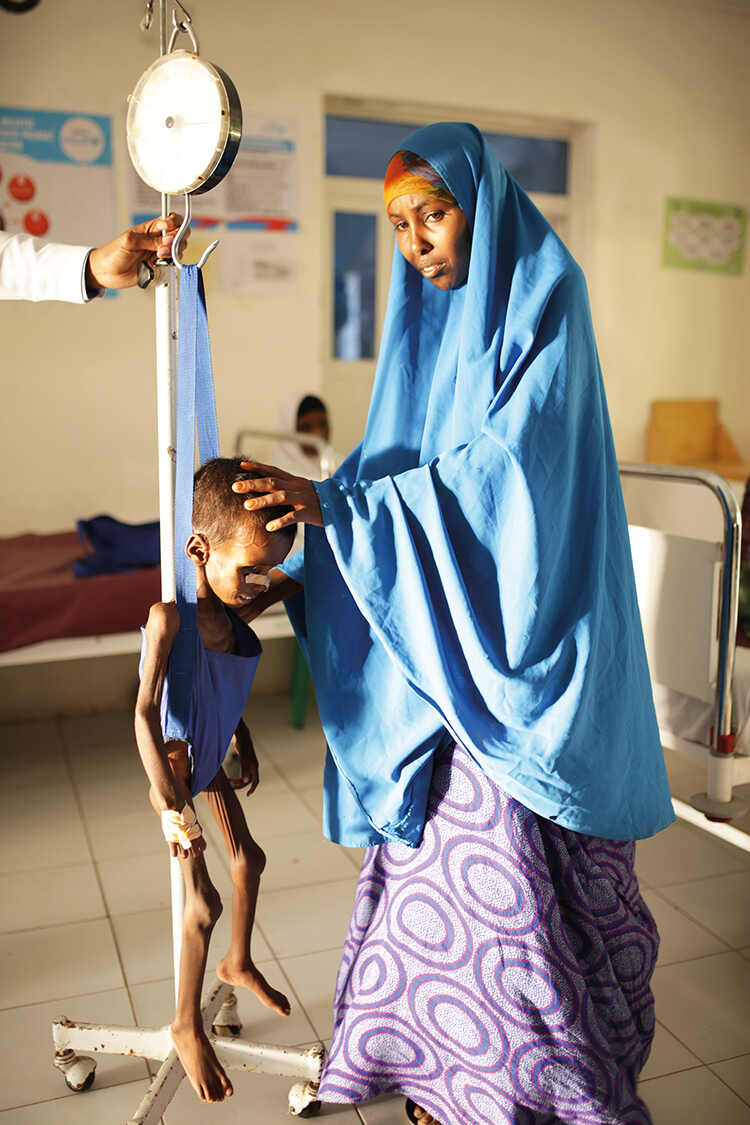
Throughout his career, Peter has specialised in humanitarian stories, such as the ongoing disaster in South Sudan. ‘The purpose of my photography is to inform – to give a voice to the otherwise voiceless,’ he says. ‘I don’t expect the viewer to do anything about it, but they should at least be informed and be made aware.
‘What I’m seeing more and more is the people who are on the receiving end of climate change’s impact – people who live in remote places, the world’s most vulnerable, poorest people, who are often without a voice,’ he continues. ‘I like my work to serve as a reminder for people who live in more privileged parts of the world that this is actually going on. And I feel like it’s an immense responsibility to do that.’
To Peter, this focus on vulnerable people feels almost preordained. ‘My parents ran a large children’s home in northern England, so I grew up living inside that environment with my family and I suppose it was just a natural progression,’ he explains. His parents’ involvement in social work, he says, provided his early life with a strong moral underpinning and raised his awareness of social issues. ‘Photography, travelling the world covering humanitarian stories – it all seemed to come together. I feel like that was my path. But also, when I was 17 and I was deciding which area of photography to go into, I watched a documentary on Sebastião Salgado, and something switched on in my head. From that moment on, I’ve wanted to emulate him, in respect of going around the world taking pictures and highlighting issues. I don’t do advertising photography, I don’t do any commercial photography, I just use my camera to serve humanity, and that’s how it’s been since the beginning.’

Peter’s career began in earnest in 1999. ‘I did a degree and then worked in factories in Yorkshire to try to save enough money to go to India,’ he says. ‘Once I arrived there, I decided to do a shoot on the Bhopal gas disaster. It was the 15th anniversary and people living around the factory perimeter were still suffering. I also did some work on leprosy. The Bhopal work ran over seven pages in Marie Claire and some of the leprosy images did very well in the John Kobal Awards, which meant I had three prints up in the National Portrait Gallery. On the back of that I moved to London and every time I felt insecure – a small-town boy in the big city – I would drop by the gallery and eavesdrop on people commenting on my prints. But that was by no means my “big break” – it was still a lot of hard work, knocking on doors and so on.’
After a few years, he decided that instead of trying to get flown places for work, he would base himself in the field. ‘As I turned 30, I decided to pack a camera bag and go out there and live in these regions, focusing on environmental issues,’ he says. ‘That was 17 years ago and I’m still living on the road.’
Since then, his main source of work has been NGOs, particularly aid organisations. ‘Working with aid organisations, I get access – access is the key thing,’ he explains. ‘It’s very expensive to embed yourself in communities and wait to gain their trust. Instead, I work with aid organisations that have field workers who have already gained the trust of the community and I can almost piggyback on that.’
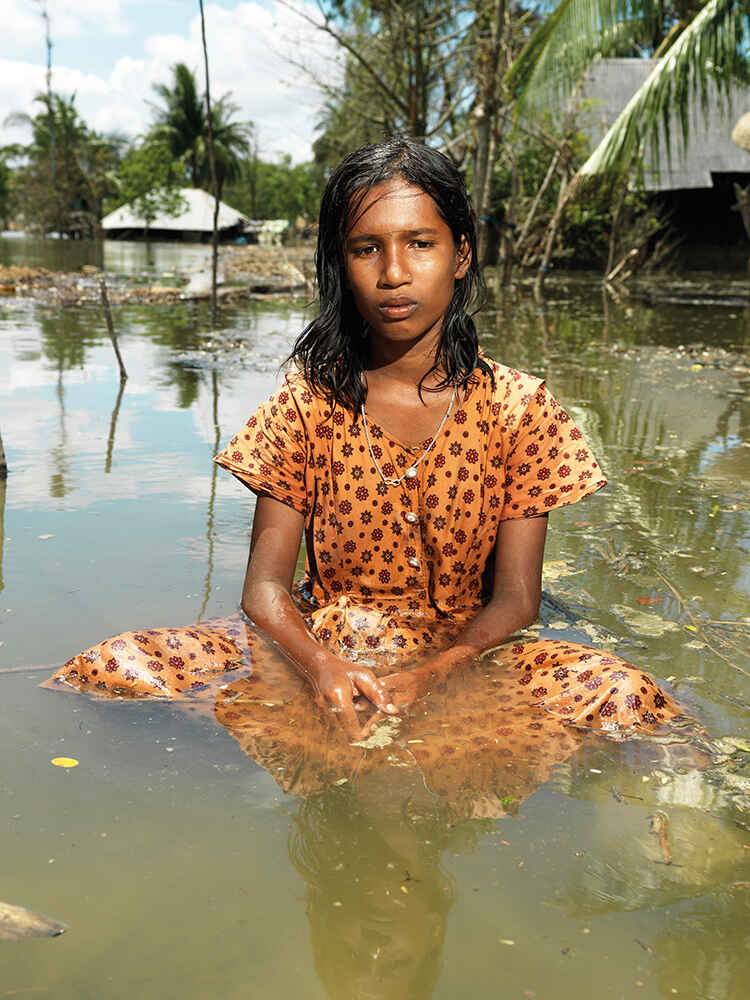
Speaking to him, it’s clear that the South Sudan flooding story is particularly close to his heart. ‘Going back for three years in the floods was really rewarding,’ he says. ‘More often than not, working with aid organisations, you don’t get to see things on a long-term basis – you go in and maybe shoot the beginning of a campaign because they need to raise money or at the end to show what they’ve achieved. It’s very unusual that you get to return to a place again and again.’
Peter’s eyes light up as he describes the experience. ‘I photograph with a digital Hasselblad and studio lighting, and to take that kind of kit into these kinds of areas, to be in that situation of photographing these people and locked into that world, as it were, it’s an absolute joy for me,’ he says.
However, he’s also very clear-eyed about the difficulties involved in what he does and the life that he’s chosen. ‘I hate airports; I hate living on the road,’ he says. ‘I’ve been living in hotels for 17 years. Loneliness is something that you’ve got to deal with a lot when you’re out there. You have to sacrifice a lot – your friends, the community of people that you live within.

‘If photographers want to do the kind of work that I do, they have to be prepared to sacrifice and be committed,’ he continues. ‘And that commitment is far reaching. You’ve got to live, eat and breathe photography – it’s not a job, it’s a way of life. If you’re prepared to accept that, then you’ve got a chance. Otherwise, you’re just not going to get through it, because it demands so much of you. I spend most of my time in 40°C heat working ten-hour days, pushing myself, pushing myself.’
The way Peter sees it, this is the reality of being a documentary photographer in the 21st century. ‘Nowadays, increasingly, clients can’t afford to fly people out from the West – and they won’t want to do that because of the carbon footprint anyway – so you’ve got to be prepared to live nomadically,’ he says. ‘You’ve got to show that commitment and base yourself in a region, but you need to choose your region wisely – somewhere that really gets under your skin. And choose a subject area that you want to work on, that you feel passionate about, because your passion is your fuel. Otherwise, you’re not going to be happy, you’re going to feel demoralised. And if you start feeling demoralised, you haven’t got a chance.
‘I moved to Africa after living in South Asia for nine years,’ he concludes. ‘I was there about six months and then, suddenly, I really felt it, I felt like, “Wow, I’m in love with this place, with sub-Saharan Africa. I love the people, you know – I get it, I feel them.” And once you do that, then you begin to think, “Yeah, I want to champion these people with my camera and do all that I can.”’
![‘My name is Shukdev Das. I live in Ghoramara [in India]. I lost my house due to the Ganga [Ganges River]. We are certain that in the near future, our Ghoramara Island will also be under the Ganga. We don’t know where we will live in the future’](https://geographical.co.uk/wp-content/uploads/Shukdev-Das_8027.jpg)
